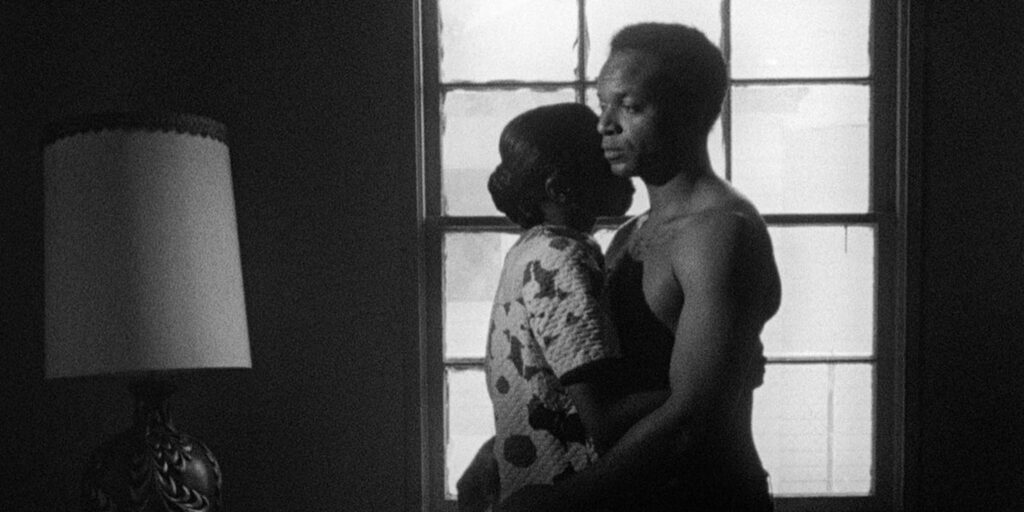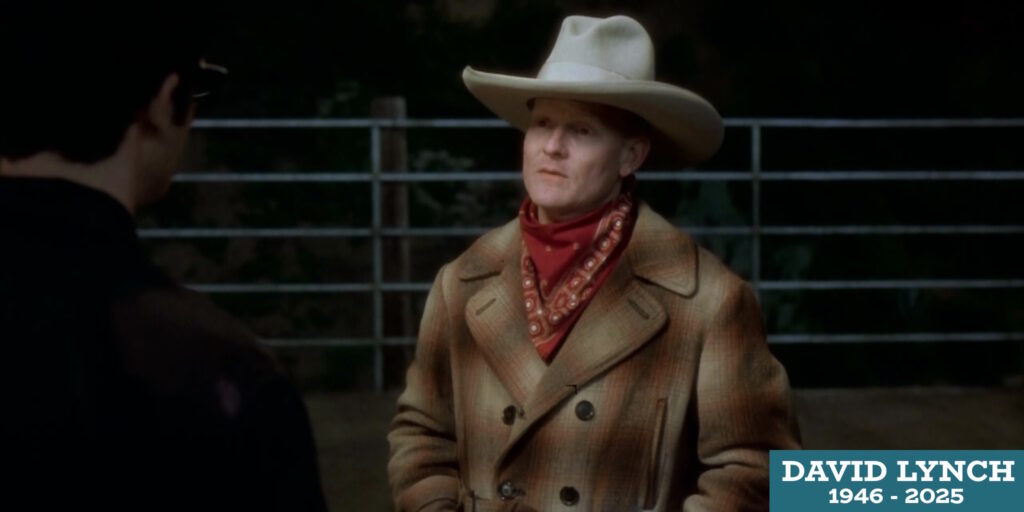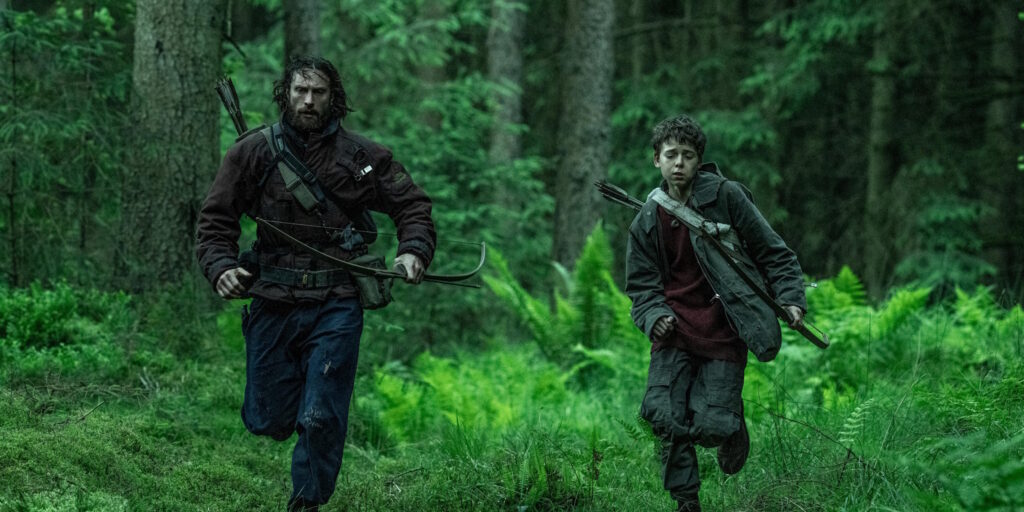[Originally published at Cinema St. Louis’ The Lens.]
There’s a Simon & Garfunkel music video in the middle of Fern Silva’s new documentary Rock Bottom Riser. An enthusiastic lecturer is teaching a group of adults something like Poetry 101. She winds up the eager participants by slowly approaching the point of an exercise they’re about to perform: breaking down the literal, figurative, and thematic in Paul Simon’s lyrics for “I Am A Rock.” Many have been here before. Google the track and “Is ‘I Am A Rock’ a metaphor?” is an initial result. She presses play on a small tape recorder, apologizing for any speed variance it might present. Studying their one-sheet of lyrics, they all nod their heads as the melancholy bop moves from diegesis to extra-diegesis, enveloping the film’s soundtrack as its images gradually take on the song’s poeticism by mimicking its rhythms.
The temptation to take this as a thesis is hard to resist. “And a rock feels no pain/And an island never cries,” might be true in a literal sense, but Rock Bottom Riser deploys the lyric facetiously, gesturing toward the film’s purpose of exploring the colonization and ecological destruction of the islands of Hawaii. However, over its scant 70 minutes, Silva & Co. shirk easy metaphors and lean into dismissing language in favor of a dialectic of visual sensations. Viewers are less students tasked with diagramming the director’s stanzas. They’re more experiential witnesses to its galaxy-brained collage, finding meaning in their own relation to its wildly varying movements and the complicated relationships between them.
Silva’s film is also no ’60s folk pop like the duo it features. It’s more like Wire’s Chairs Missing – stately post-punk finding the wreckage of a thought revolution and recontextualizing it in new configurations. Where the influential British band answered to punk, Silva answers to documentary filmmaking. The director features everything in the toolbox from voiceover, talking heads, animated explainers, to the drone-shot nature footage increasingly present in nonfiction cinema. Except here the narration often doesn’t describe the present image, the talking heads are sometimes obscured, and the digital alterations don’t necessarily explain or enhance. The title plays over drone footage that looks as if one is traveling straight above and along a molten river of lava but viewed through a dizzyingly shifting telescopic lens. Silva is playfully smashing together tectonic plates of his chosen form and his subjects’ histories to see how the explosive results react.
Tagging it as “documentary” is a bit of a misnomer because Silva’s ecological, cosmological, and anthropological (and most any -logical one could think of) concerns are presented in an essay form, and his arguments are made with juxtaposition. The controversial casting of Dwayne “The Rock” Johnson as King Kamehameha, an important figure to some of Hawaii’s Indigenous people, in a film is situated against a local street performer who does monologues about Hawaii’s past and present. They find further complication against writings by Indigenous ancestors discussing the compromise between the encroaching colonization and modernization with performance of their traditional practices.
Rock Bottom Riser has the heady philosophizing and psychedelic styling that gives it the potential to be a new classic for weed-smoke-clouded dorm rooms, but it’s also exquisitely rendered – and on film, no less. (The feature will be screened on 35mm locally at the Webster University Film Series.) That production choice – one that becomes rarer as the years pass – is clearly important to the experience. Using digital cameras would have been a fiscally responsible move for a small, arty work such as this. However, for all their verisimilitude, flexibility, and affordability, digital images don’t have quite the same remove from reality as film stock, with its grain structure appearing as visible molecules that make up an individual image. As Werner Herzog, whose work feels like an important hallmark for Silva, might rephrase that, in Rock Bottom Riser one can view these tiny pieces that make whole “ecstatic” truths.
Rock Bottom Riser screens nightly at 7:30 p.m. from April 15 – 16 at the Webster University Film Series.




